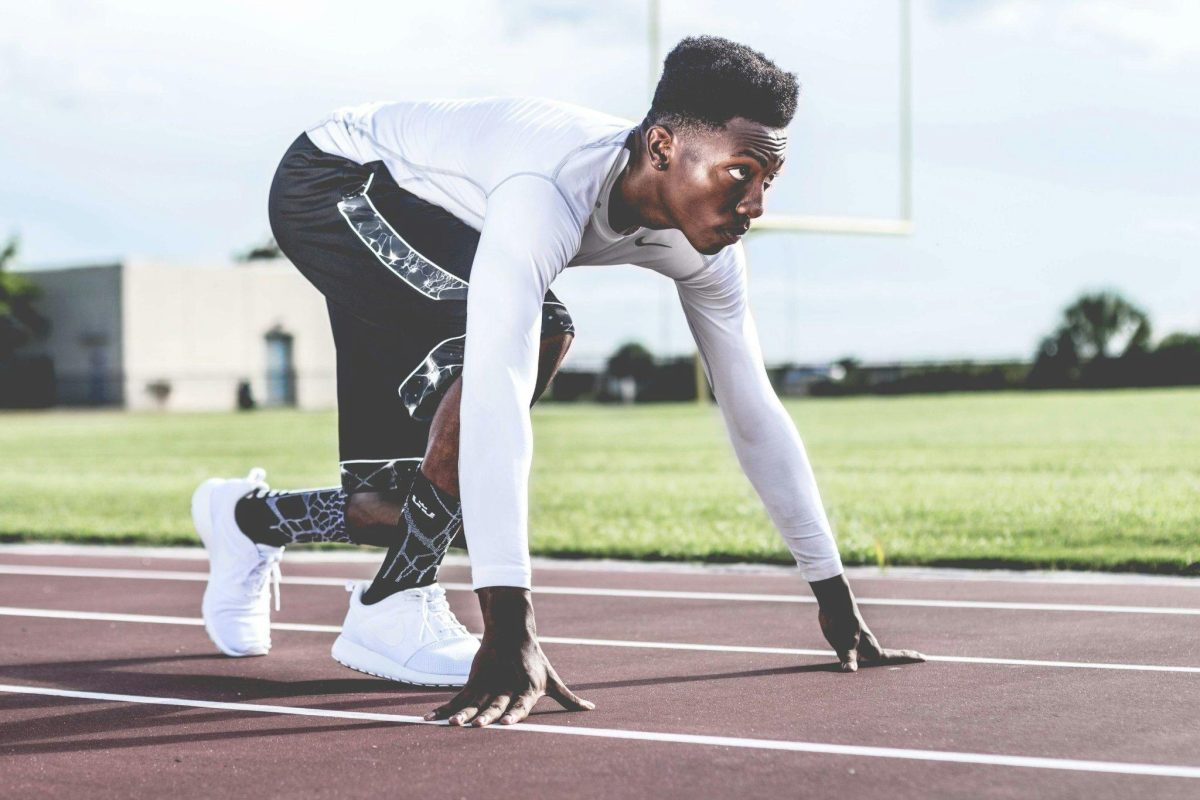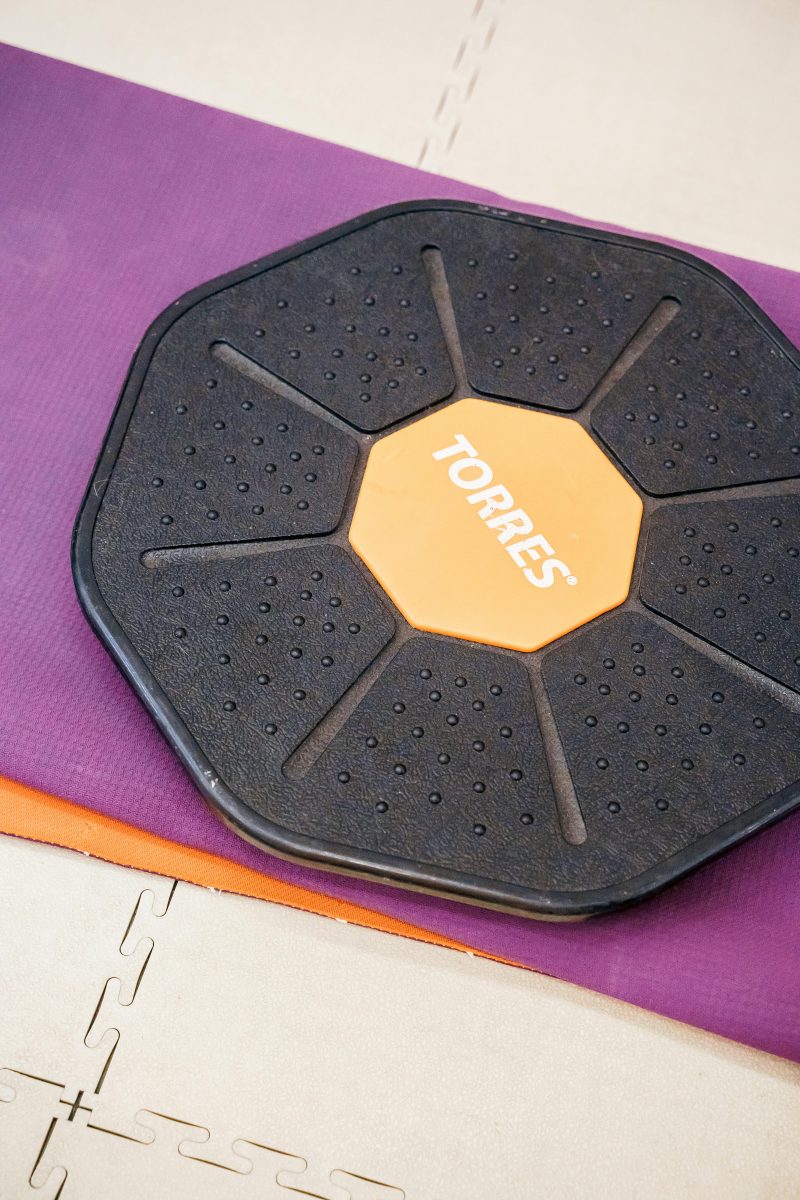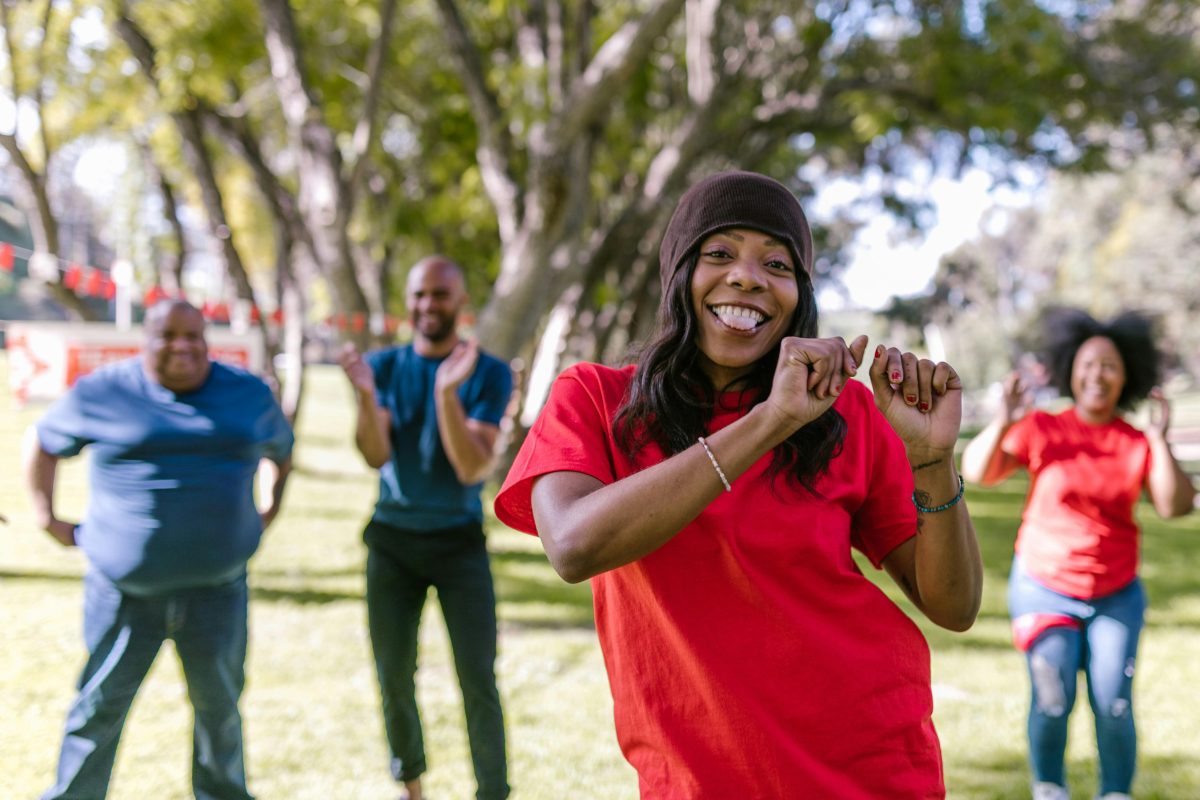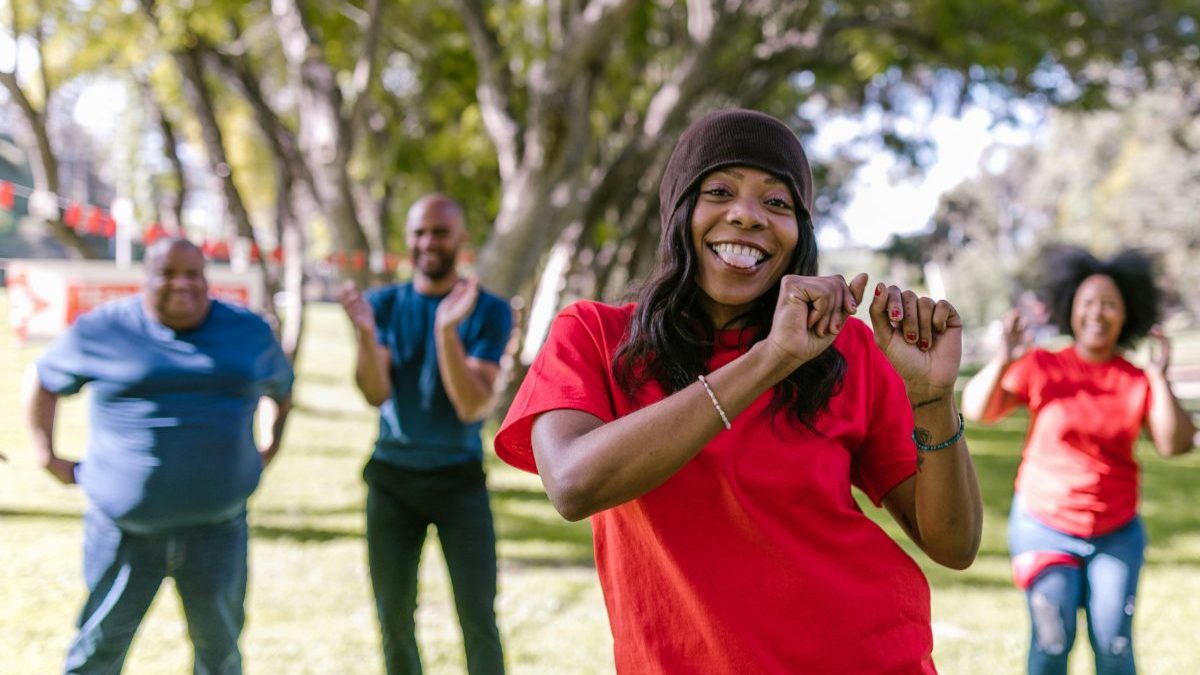Last Updated on: 14th July 2024, 09:05 am
Introduction to Core Strength and Running

Core strength, the bedrock of a well-conditioned body, refers to the robustness of muscles in your torso. These muscles play a pivotal role in stabilizing your entire body. Running, a dynamic physical activity, demands endurance, speed, and efficiency. It’s a symphony of movement, engaging multiple muscle groups in harmony.
The connection between core strength and running performance is profound. A strong core enhances stability, improves posture, and powers your stride, transforming your running experience. It’s the engine that drives your legs, propelling you forward with greater efficiency and less effort. This synergy not only boosts performance but also significantly reduces the risk of injury, making every run smoother and more enjoyable.
Embracing core strength exercises can elevate your running to new heights. It’s not just about running farther or faster; it’s about running smarter. With a solid core, every step is a testament to the power of a well-conditioned body.
The Anatomy of the Core and Its Role in Running

Components of the Core: Muscles Involved
The core is more than just the abdominal muscles. It’s a complex system that includes:
- Rectus Abdominis
- Obliques
- Transverse Abdominis
- Lower Back Muscles
- Pelvis Muscles
- Hips Muscles
Together, these muscles form a sturdy central link between your upper and lower body, crucial for balance and movement.
Biomechanical Perspective: How the Core Stabilizes the Body During Running
From a biomechanical standpoint, the core acts as a stabilizing force, maintaining your body’s upright position and alignment during the repetitive impact of running. It absorbs the shock, minimizes the bouncing, and allows for a smoother transition from one step to the next. This stability is key to preventing injuries and enhancing running efficiency.
The Core as the Body’s Powerhouse: Energy Transfer and Efficiency
Imagine the core as the body’s powerhouse. It’s where the energy transfer between the upper and lower body occurs, facilitating a more efficient running form. A strong core enables this transfer to happen seamlessly, ensuring that no energy is wasted. This efficiency not only improves your speed and endurance but also makes running feel less taxing, allowing you to enjoy the journey and the destination.
Benefits of Strong Core for Runners

- Improved Posture and Balance: A robust core elevates your running form. It keeps your torso upright and stable, even as fatigue sets in. This improved posture ensures that each stride is as efficient as the first, conserving energy and enhancing endurance.
- Enhanced Running Efficiency and Speed: With a strong core, every step carries more power. The energy transfer between your upper and lower body becomes seamless, propelling you forward with greater speed. This efficiency not only boosts your pace but also makes running feel less strenuous, allowing you to push further and faster.
- Reduction in the Risk of Injury: Core strength acts as a shield for your body, absorbing the shock of each footfall and reducing the strain on your joints and muscles. This protective effect is crucial for avoiding overuse injuries, which can sideline runners for weeks or even months.
- Better Control and Stabilization on Uneven Terrain: Trails and uneven surfaces present unique challenges, demanding quick adjustments and balance. A strong core provides the stability needed to navigate these obstacles with confidence, reducing the risk of falls and injuries.
Core Strength Training Techniques for Runners

Core strength training is a critical component of a runner’s regimen, offering a bridge to superior performance and injury prevention. The debate between dynamic and static exercises presents a spectrum of benefits tailored to a runner’s needs. Dynamic exercises, characterized by movement, enhance functional strength and mimic the motion of running, thereby improving performance directly. Static exercises, on the other hand, focus on maintaining a position to build endurance and stability in the core muscles.
For runners, specific core exercises can be particularly beneficial:
- Planks: Target the entire core, fortifying the muscles that keep you upright and stable.
- Russian twists: Challenge the obliques, essential for rotational stability and power.
- Leg raises: Strengthen the lower abdominals, supporting the pelvis and lower back, crucial areas for runners.
Incorporating core strength training into a running routine doesn’t require an overhaul of your schedule. Begin with short, focused sessions two to three times a week. A balanced approach, alternating between dynamic and static exercises, ensures comprehensive core development. Over time, as your core becomes stronger, you’ll notice improvements not just in your running performance but in your overall endurance and resilience.
Ultimately, a runner’s core is their powerhouse. By dedicating time to core strength training, you’re not just investing in better running performance; you’re also laying the groundwork for a healthier, more enjoyable running journey.
Overcoming Common Challenges in Building Core Strength

Integrating core training with running and other exercises requires a strategic approach. Start by scheduling core workouts on days you’re not running long distances. This balance prevents overtraining and ensures your core exercises enhance, rather than detract from, your running performance.
Addressing muscle imbalances is crucial for runners. Often, one side of the body is stronger than the other, leading to compensatory patterns that can result in injury. Incorporate unilateral exercises, like single-leg planks or side planks, to promote symmetrical strength. Regularly assess your progress, adjusting your routine to target weaker areas, ensuring a balanced and resilient core.
Staying motivated can be challenging, but setting clear, achievable goals can help. Track your progress with a training log or an app, celebrating milestones, no matter how small. Incorporate variety into your core workouts to keep them engaging. Experiment with different exercises, challenge yourself with new routines, and, if possible, train with a partner to maintain accountability and add a social element to your workouts.
Ultimately, a strong core is the linchpin of efficient running. By overcoming these common challenges, you not only enhance your running performance but also embark on a journey toward a healthier, more balanced body.
Success Stories: Real-life Examples of Runners Who Improved Performance Through Core Training

Amateur and professional runners alike have discovered the transformative power of core training. Here are their stories:
- Sarah: An amateur marathoner who struggled with recurring back pain and a plateau in her race times. After incorporating a core strengthening program, her stability and posture improved dramatically. Within months, her race times dropped, and the back pain that once plagued her runs became a memory.
- Michael: A seasoned professional on the track. Despite rigorous training, he couldn’t break through his personal best. Introducing targeted core exercises, he saw a marked improvement in his explosive power and running economy. His times improved, and he attributed this success to the newfound strength in his core.
These stories echo a common theme: a fortified core can revolutionize a runner’s performance. Runners who’ve embraced core training often share advice:
- Start slow
- Stay consistent
- Integrate core work into your regular training routine
The results, they promise, will speak for themselves.
Whether it’s the amateur finding joy in pain-free running or the professional breaking records, core strength lies at the heart of their achievements. It’s not just about the exercises; it’s about the commitment to a stronger, more resilient body. And as these runners have shown, that commitment pays off, one powerful stride at a time.
In Closing
Core strength fuels running excellence. It’s the foundation of resilience and joy in every stride. By balancing the rigors of training with the rewards of improved performance, runners embark on a transformative journey. This narrative, rich with challenges, solutions, and success stories, underscores the pivotal role of core conditioning in achieving running goals. Let’s commit to strengthening our core, unlocking our potential, and embracing the journey ahead with confidence and determination.
The Importance of Core Strength in Running FAQs
Yes, core exercises can help prevent running injuries by providing better control over the body’s movements and maintaining alignment. Strengthening the core muscles supports the spine and pelvis under the impact of running, reducing the strain on the lower back and lower extremities. This prevention of muscle imbalances and overuse injuries is key to a long and healthy running career.
Improving core strength can significantly help with uphill running by ensuring better posture and alignment, which are vital for tackling inclines efficiently. A strong core reduces the workload on the legs by providing stability and balance, allowing for more effective power transfer during the push-off phase. This can lead to improved performance and reduced effort on uphill sections.
Yes, core strength directly affects running speed by enabling more efficient use of energy and improving stride length and frequency. A strong core allows for better stabilization during the landing and takeoff phases of running, which can translate to faster speeds. Moreover, it helps in maintaining form and reducing drag, contributing to improved overall performance.
Core strength benefits sprinters by providing the explosive power needed for quick starts and fast sprints. The core acts as a bridge between the upper and lower body, allowing for a more powerful transfer of force, which is essential for sprinting. Additionally, a strong core helps maintain form and balance at high speeds, crucial for peak performance.
Core strength improves running performance by enabling more powerful strides and better energy conservation. Strong core muscles, including the abdominals, back, and obliques, help maintain optimal posture and reduce unnecessary movements, leading to more efficient running mechanics. This efficiency can result in faster times and the ability to run longer distances with less fatigue.
Runners should aim to work on their core 2-3 times per week to achieve significant benefits. Consistent core training helps maintain strength and stability, which are essential for running performance and injury prevention. This frequency allows for adequate recovery between sessions while ensuring the core remains engaged and strong.
Effective core exercises for runners include planks, side planks, Russian twists, and bird dogs. These exercises target the entire core region, including the deep abdominal muscles, obliques, and lower back, providing stability and strength. Incorporating these exercises into a regular training routine can enhance a runner’s posture, efficiency, and endurance.
The core plays a significant role in recovery from running injuries by supporting the body in regaining proper movement patterns and stability. Strengthening the core can help correct imbalances and alleviate stress on injured areas, facilitating a quicker and more effective recovery process. Moreover, a strong core can prevent future injuries by maintaining better form and reducing compensatory movements that lead to overuse injuries.
Long-distance runners need a strong core to maintain endurance and stability over extended periods of running. A strong core helps in sustaining proper running form, which is crucial for efficiency and preventing fatigue. It also minimizes the risk of injuries that can occur from the repetitive impact of long-distance running.
Core strength is crucial for runners because it stabilizes the midsection, enhancing efficiency and form during runs. A strong core reduces the risk of injury by maintaining proper alignment and balance, which is especially important as fatigue sets in during long runs. Additionally, it aids in the transfer of power between the upper and lower body, improving overall performance.
Orlando is a all round athlete from Australia, now resident in Germany. His sports of passion of American Football(Offensive line), weight training and indoor rock climbing where he uses his 195cm wing span to his advantage.



